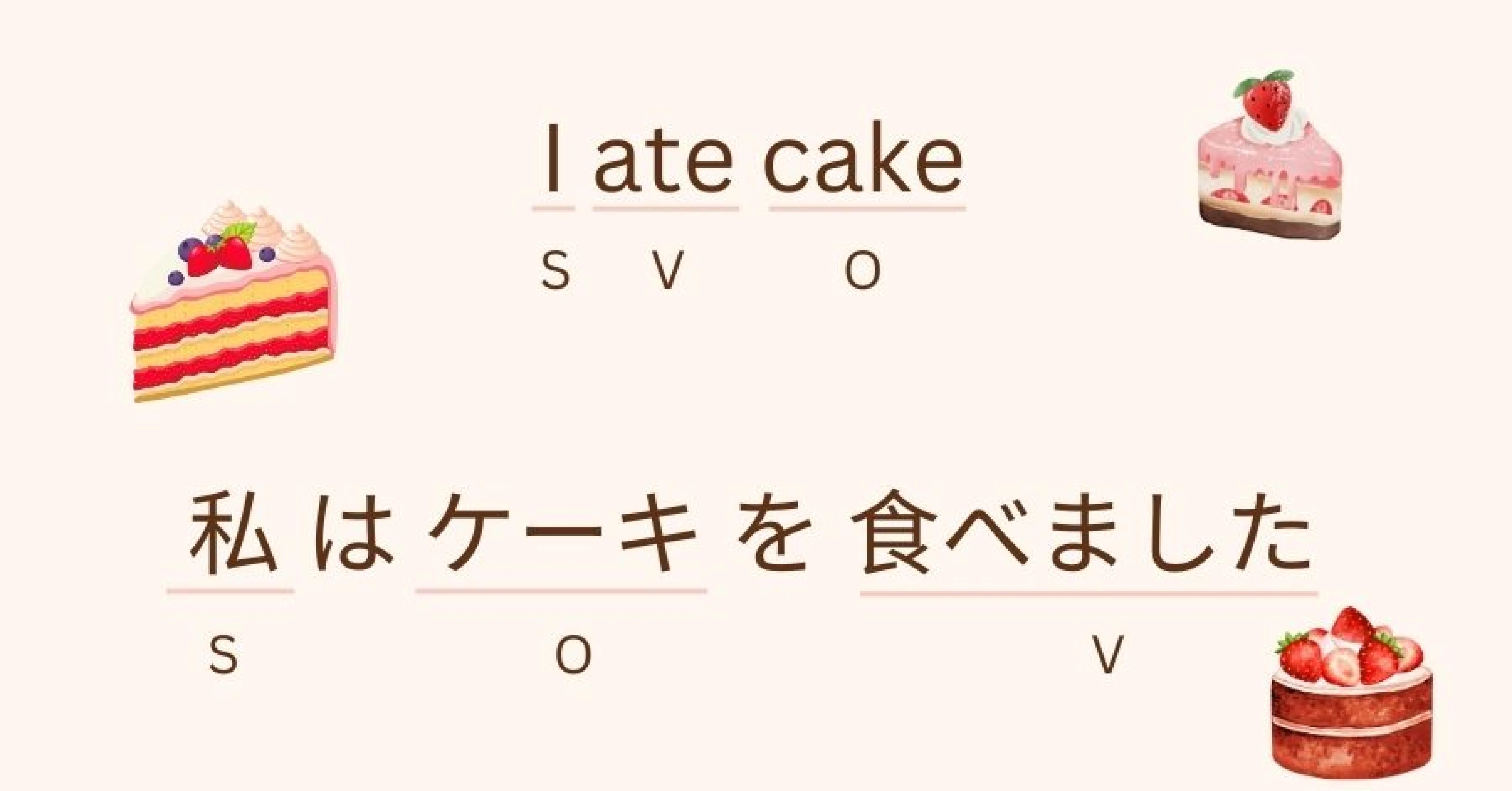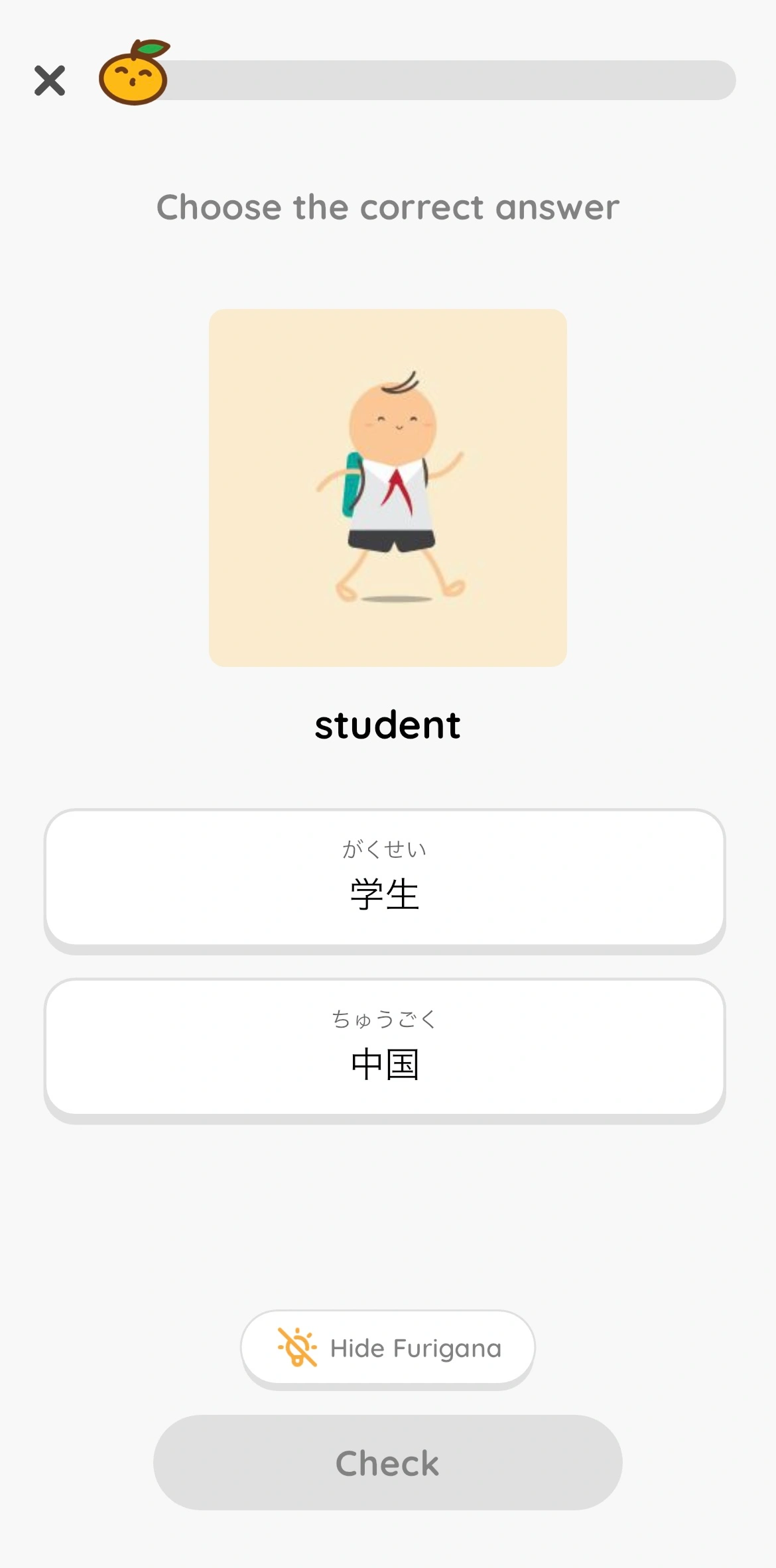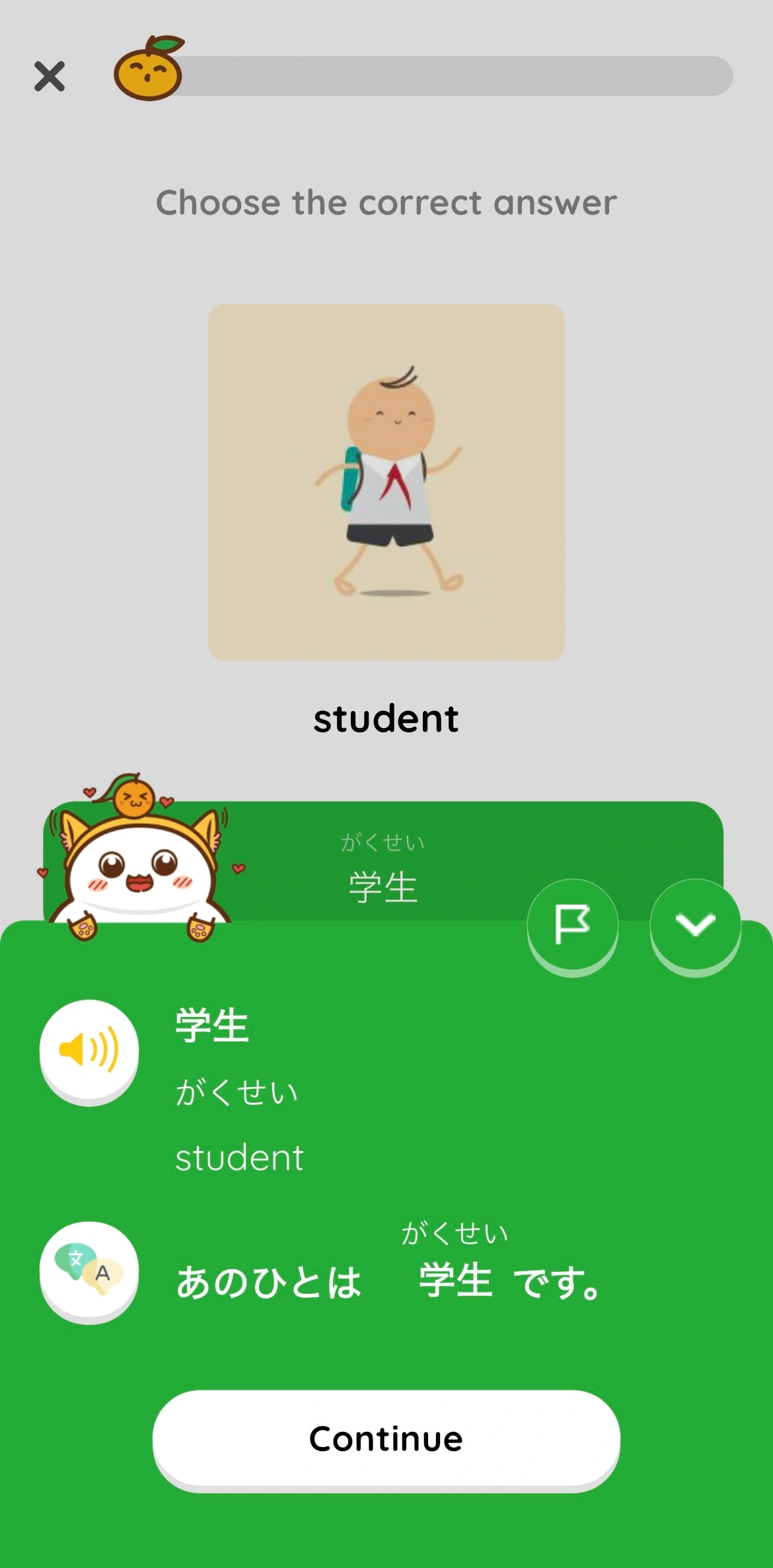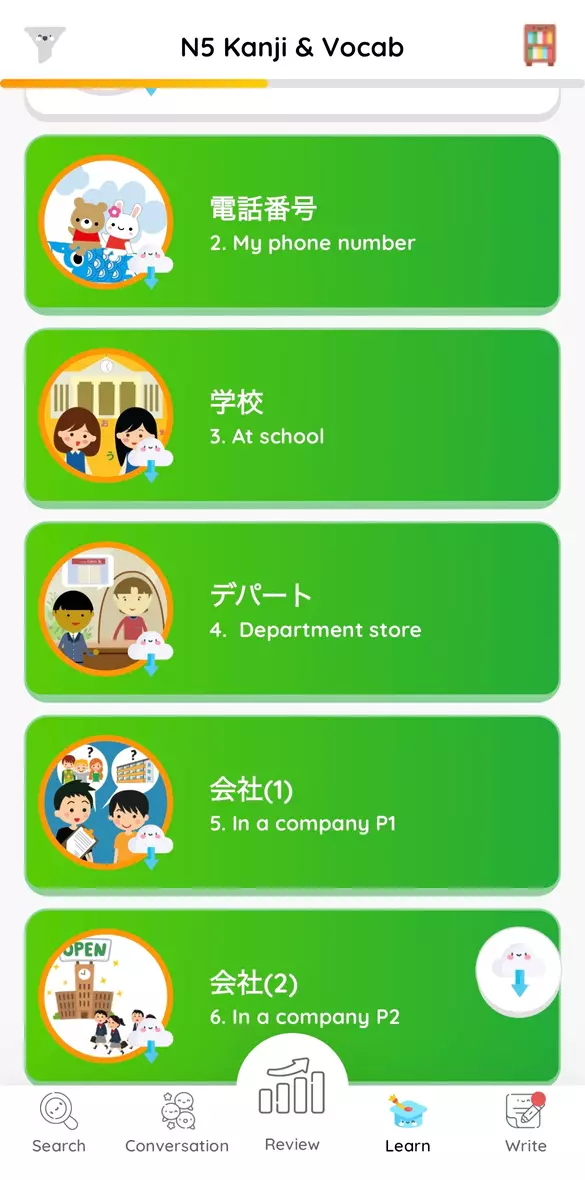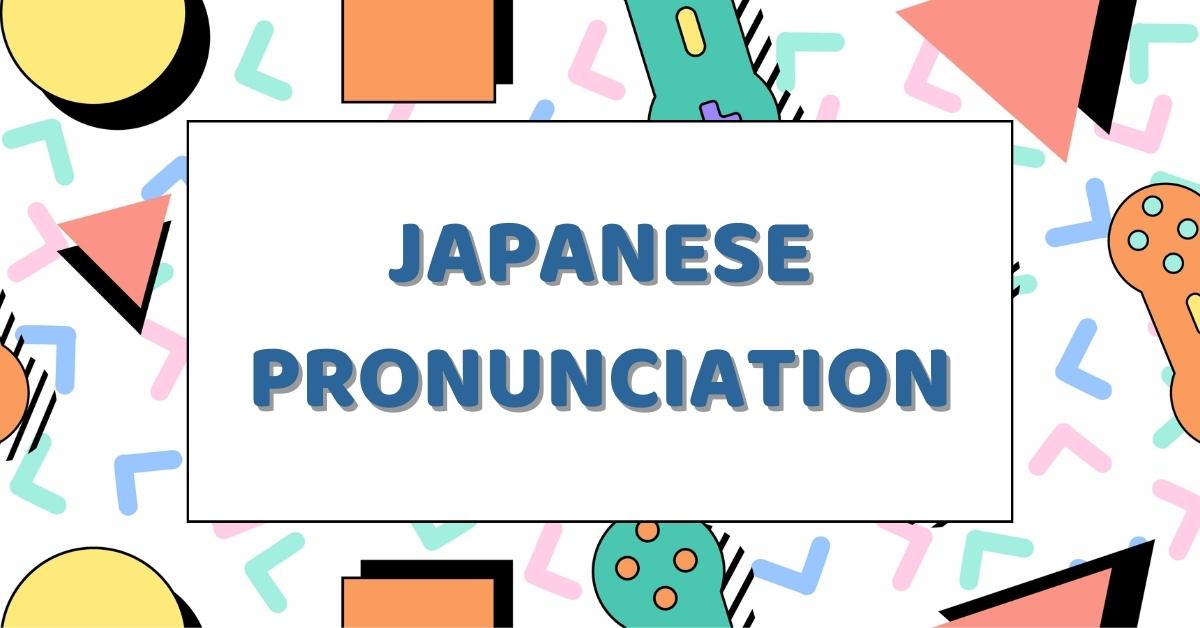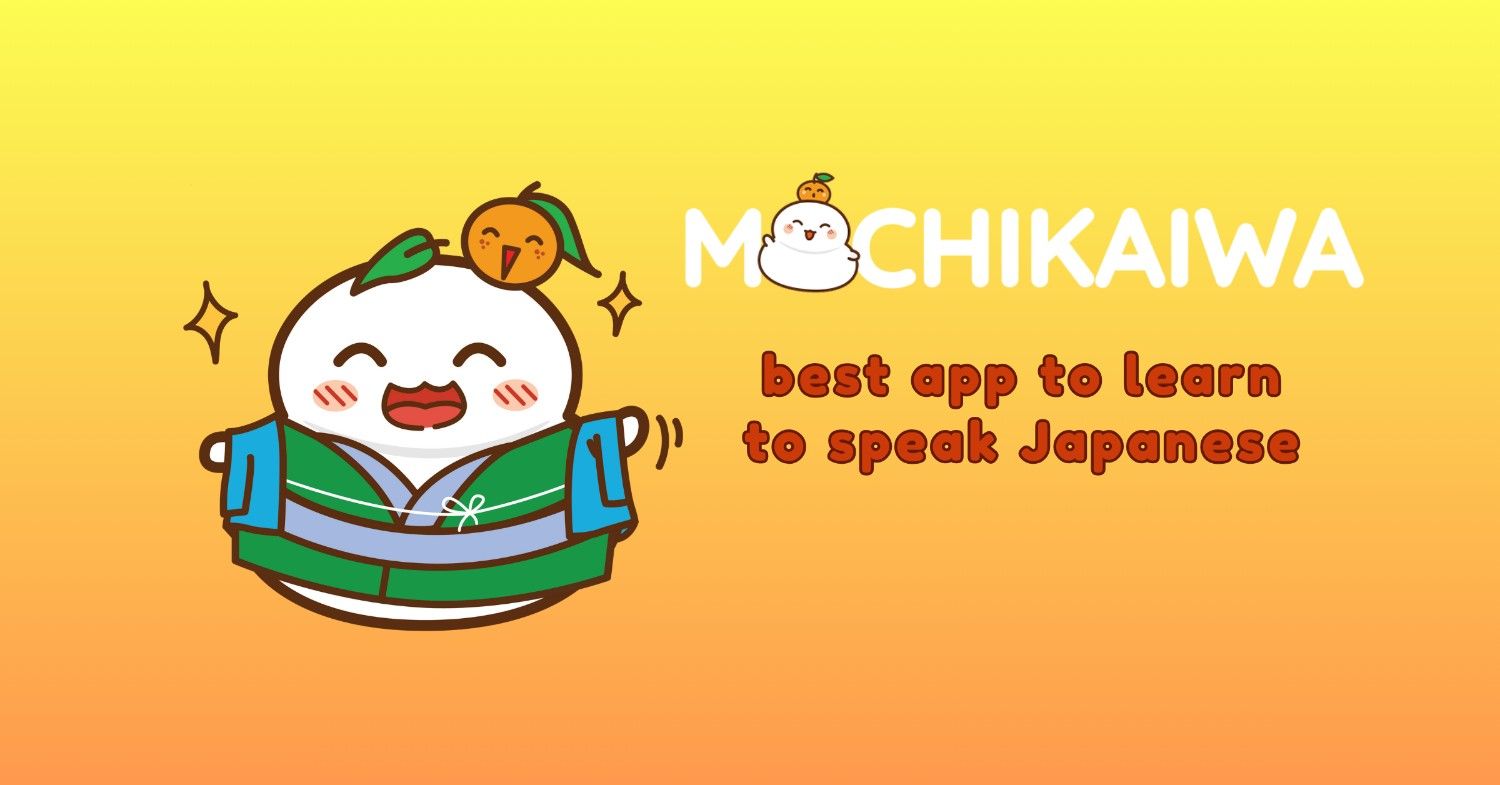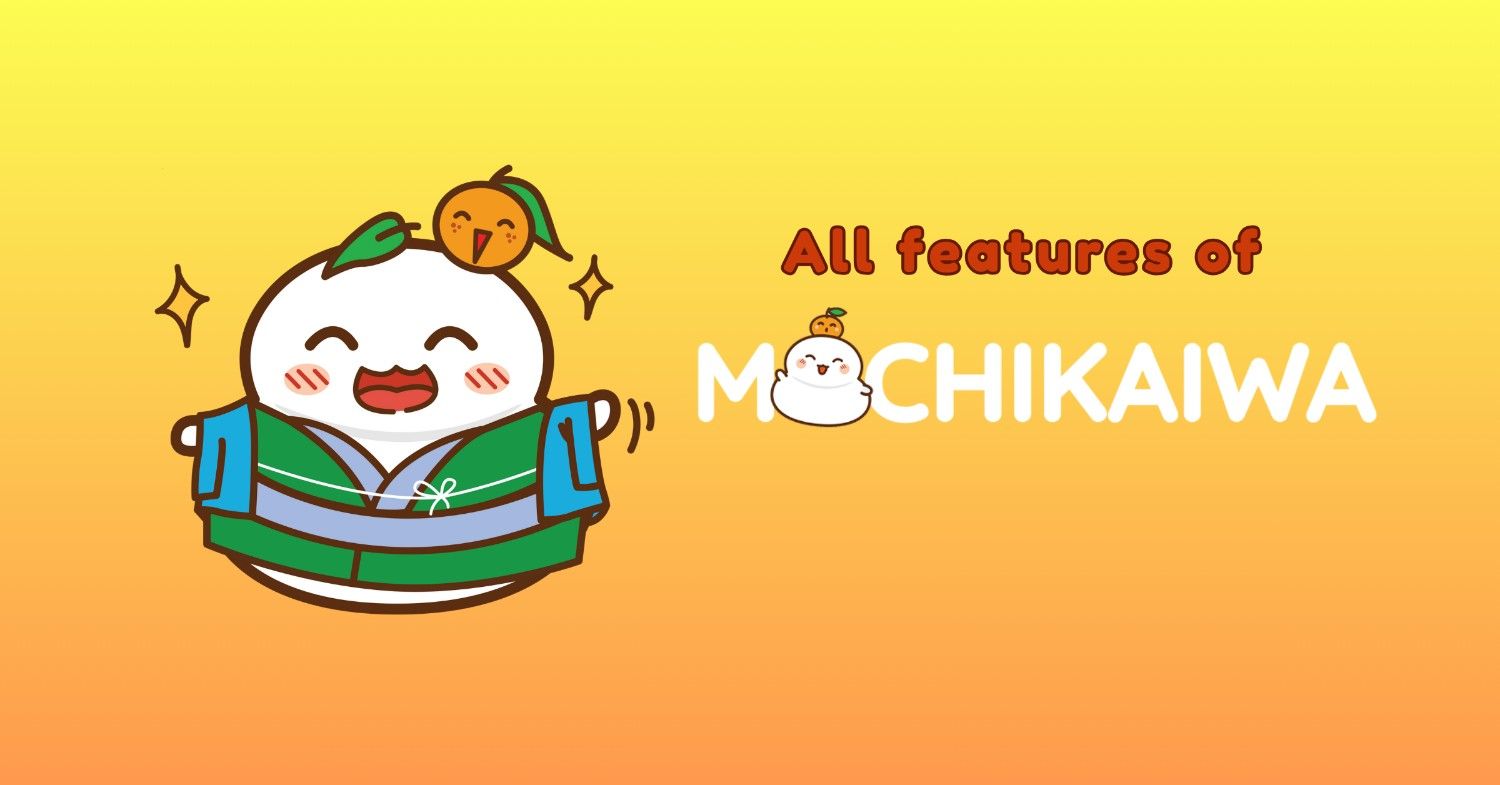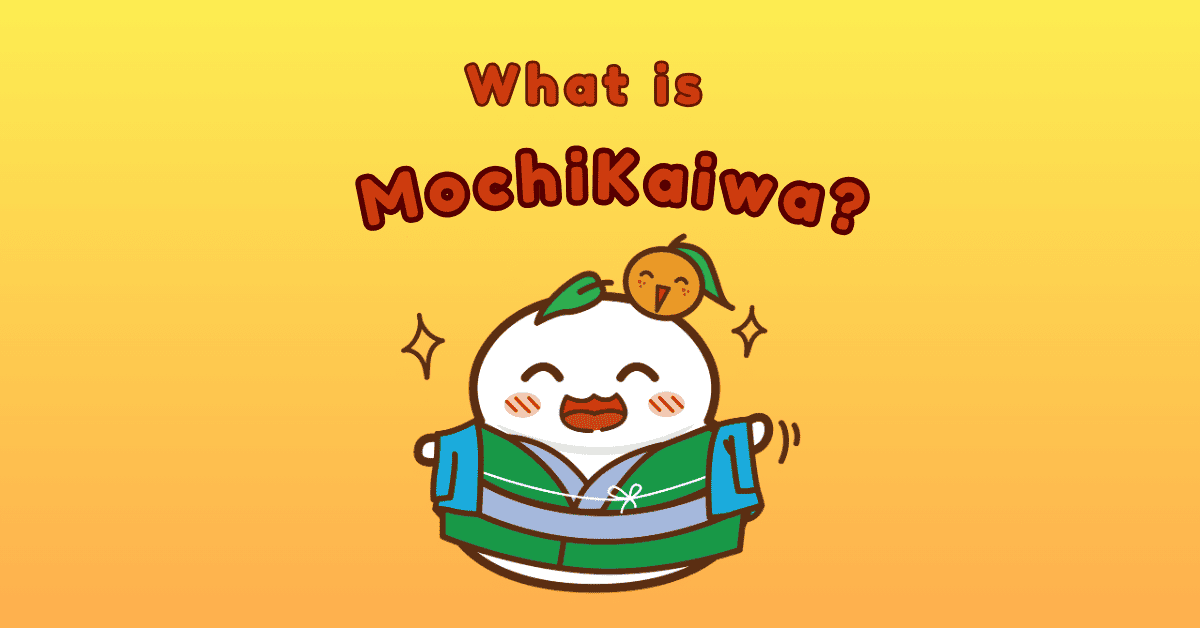The answer to “How long does it take to learn Japanese?” depends on your reasons for learning Japanese. Whether you’re seeking employment prospects, planning a visit to Japan, or contemplating relocation to Japan, comprehending these elements will enable you to establish and optimize a learning approach that maximizes efficiency. Additionally, being familiar with essential phrases and expressions like greetings in Japanese can facilitate social integration and potentially foster learning opportunities through interactions with native speakers.
Before understanding the timeline of learning Japanese, it’s imperative to grasp the complexity of the language itself. Many people said that Japanese is hard and it takes a lot of time and effort to master. Now we will share with you the reason why Japanese is considered difficult to learn!
Why the Japanese is hard?
Firstly, Japanese has multiple writing systems. Along with Kanji, Japanese makes use of two separate alphabets: Hiragana & Katakana. Each of which contains 46 syllables. Hiragana is a native writing alphabet like ABCD in English. Katakana is used to write words derived from other languages. Kanji are Chinese characters that have been adopted into the Japanese writing system. Besides, almost all kanji have at least one Onyomi (Chinese origin) and one Kunyomi (Japanese origin) reading.
So if you want to easily read Japanese you’ll need to know them both. The readings Onyomi and Kunyomi of kanji are very complicated too.Secondly, Japanese grammar is “reversed” compared to English grammar. For instance, in English we have “I ate cake”, but in Japanese, we have the equivalent of “I cake ate” (私 は ケーキ を 食べました), which means the verb is always at the end of the sentence. This structure is extremely unnatural for learners, especially English speakers and it takes time to get used to and use without hesitation.
Thirdly, particles in Japanese are extremely used to form grammar. In some respects, these are similar to prepositions in English, but far more widely used. For example, the logical structure for the sentence, “I go to school by bus” is: I [particle] bus [particle] school [particle] go.
Fourthly, the heavy use of honorific and humble language in Japanese to express respect or modesty between speakers is both grammatically and culturally unfamiliar to almost all Japanese learners, especially English speakers. Moreover, the rules around honorific and humble language are relatively complex, based on the hierarchical position of the speakers, as well as the setting in which the conversation takes place.
Understand why Japanese is hard, you will have an overview of estimated time and which methods should be applied. Now, here are some factors to decide how long does it take to learn Japanese.
- Your Japanese learning purposes
- Prior Japanese learning experience
- Study methods and resources
- Time investment
- Motivation and commitment
- Learning environment

1. Your Japanese learning purposes
Setting realistic goals is crucial in determining the timeline for learning Japanese. Whether aiming for conversational fluency, proficiency in reading and writing, or mastery of advanced business Japanese, the learning journey varies accordingly.
Stages of Proficiency in Japanese based on specific learning purposes:
Survival Japanese (~3 months): In the initial phase, learners focus on mastering essential survival phrases, greetings, and basic vocabulary for everyday communication. Basic grammar structures and sentence patterns are introduced, laying the foundation for further learning.
Elementary Proficiency (~3-6 months): Progressing beyond survival Japanese, learners delve deeper into grammar, expanding their vocabulary, and honing their listening and speaking skills. Introduction to kanji characters begins, along with continued practice in hiragana and katakana.
Intermediate Proficiency (6 months – 2 years): The intermediate stage marks significant progress in language proficiency. Learners develop greater fluency in conversation, comprehension, and writing. Kanji proficiency expands, allowing for the comprehension of more complex texts. Exposure to authentic materials such as news articles, literature, and media enhances cultural understanding and language skills.
Advanced Proficiency (2 years and beyond): Achieving advanced proficiency in Japanese entails mastering complex grammar structures, idiomatic expressions, and advanced vocabulary. Learners gain the ability to engage in nuanced discussions, write formal documents, and comprehend specialized content. Continuous exposure to Japanese media, literature, and participation in advanced language courses or immersion programs further refines language skills.
2. Prior Japanese Learning Experience
Individuals with prior experience in learning languages, especially those with exposure to Asian languages or complex writing systems, may find certain aspects of Japanese more accessible. Familiarity with language learning techniques and cognitive abilities play a significant role in determining the learning curve.
3. Study Methods and Resources
Many people learn Japanese without any strategies for effective methods, then they give up learning Japanese because of many reasons such as difficulty of grammar patterns, a lot of Kanji characters and so on. Therefore, finding the suitable methods is really important. There are various ways to learn Japanese, but you should try and choose one that works for you. Whatever the learning process you follow, below is the most basic and fundamental learning path everyone should consider to master Japanese step-by-step. Additionally, it includes some techniques that help your learning process fast and more effectively.
Start with the Japanese writing systems
Japanese uses a combination of three writing systems: Hiragana, Katakana, and Kanji.
Begin by learning Hiragana and Katakana, which are phonetic alphabets representing syllables. It takes only 1-2 weeks to master two all Hiragana & Katakana characters. To learn these Japanese scripts fast, I highly recommend using MochiKana – Learn Hiragana. This is a Japanese learning tool that beginners should try. With a detailed and step-by-step learning path, MochiKana will help you master Hiragana and Katakana in just one week. Well now it’s time to move on to Kanji – a more difficult part in Japanese.
Kanji is a set of Chinese characters used in Japanese writing. Familiarize yourself with the basic characters and their pronunciations. Kanji is considered one of the most challenging parts when learning Japanese, because of many reasons. Too many characters, many stroke orders, meanings and pronunciations. It’s hard to remember them well.
First, let’s use the number of kanji characters covered in each JLPT level.
For JLPT N5, which tests you on basic Japanese that you can often learn in a classroom environment, you’ll need to learn 100 kanji characters. If you learn 5-10 kanji per day, you’ll be able to reach your target in around 10-20 days.
For JLPT N4, you’ll have to learn an additional 200 kanji characters — 300 kanji in total! Ideally, you can learn this in one to two months!
The JLPT N3 exam covers around 650 kanji. Of course, you do not have to know all of them to pass, but it’s impossible to predict which ones will be on the exam.
You’ll need to learn 1,000 kanji for JLPT N2, while it takes 2,000 kanji for JLPT N1!
By the time you are studying for the N1, you probably have already formed a solid study routine for Japanese kanji and vocabulary. Because the JLPT N1 tests you on a lot of kanji and vocabulary, it is most efficient to memorize the kanji based on its usage rather than its individual meaning and pronunciation.
So, how to learn Kanji fast and their correct pronunciations effectively??
If you don’t want to write many Kanji characters repeatedly everyday, please try using the highly recommended MochiKanji – Learn Japanese to learn Kanji & vocabulary.
This is an app using Spaced Repetition method – the best way to memorize what you learned. It’s easy to forget Kanji without reviewing. Spaced repetition is research proven the most powerful technique for strengthening your memory. Spaced Repetition method asks you to revise Kanji and vocabulary at systematic intervals.
By using MochiKanji, you don’t need to calculate the time to review your learned words. After finishing one lesson, MochiKanji will calculate the best time to review called “Golden Time” by sending you some cute notices. So, you just need to wait for MochiKanji’s notification to memorize Kanji effectively. Learning at “Golden Time” helps you memorize 1000 Kanji & vocab in just one month. Start learning 3 lessons everyday with MochiKanji to reach this goal today!
Learn basic Japanese grammar
Japanese sentence structure follows a subject-object-verb (SOV) order, which is different from English. Study basic sentence patterns and learn how to form simple sentences. I recommend that you follow the Youtube video series of Japanese teachers so you can understand Japanese grammar accurately when combined with using textbooks.
Practice reading and writing
As you progress, start reading simple Japanese texts or children’s books to improve your reading skills. Write short paragraphs or diaries in Japanese to practice writing. Remember that, practice makes perfect!
4. Time Investment (amount of time you spend on learning)
Determining the amount of time you should spend learning Japanese daily will depend on your reasons for learning in the first place and the urgency of those reasons. The amount of time dedicated to studying Japanese on a regular basis profoundly impacts the learning timeline. Intensive study schedules, consistent practice, and immersion activities expedite the acquisition process. For example, if your learning goal is “I’ll pass the JLPT N5 in 3 month”, you need to clear a learning path: 1 week to master Hiragana and Katakana, 2 month to learn 100 basic Kanji, 300 Japanese words and grammar patterns, and left weeks you can focus on taking mock test. Based on the amount of knowledge that should be acquired, you will determine how many hours you should spend on learning Japanese everyday.
5. Motivation and Commitment
If you stop learning Japanese then start again, you’ll never learn Japanese efficiently. Maintaining motivation in learning Japanese, or any language for that matter, can be challenging at times, but there are several strategies you can employ to keep yourself motivated.
Keep track of your progress over time to see how far you’ve come. Whether it’s through a journal, language learning app, or progress tracking tool, seeing tangible evidence of your improvement can be incredibly motivating and encourage you to keep going.
You can also join a Japanese learning community. Surround yourself with like-minded individuals who are also learning Japanese. Join online forums, social media groups, or local language exchange meetups where you can connect with others, share tips and resources, and motivate each other on your language learning journey.
Consistency is key when it comes to language learning. Make studying Japanese a regular part of your daily or weekly routine, even if it’s just for a short amount of time each day. Consistent practice will help reinforce what you’ve learned and keep your skills sharp. MochiKanji is a great choice to help you keep motivated. With a bright and cute interface, and two cute characters Mochi & Michi, you can learn Japanese without any pressure. MochiKanji also sends notifications everyday to remind you to recall your learned words. This friendly reminder makes you keep streak days persistently.
6. Learning Environment
Learners immersed in environments where Japanese is spoken frequently or those with a strong personal interest in Japanese culture tend to progress more rapidly. Additionally, access to resources such as language courses, textbooks, online platforms, and native speakers influences the learning trajectory.
The journey of learning Japanese is a rewarding odyssey filled with challenges, triumphs, and endless discoveries. While the timeline for mastering Japanese varies depending on individual factors, dedication, and effective learning strategies. By understanding the complexity of Japanese, setting realistic goals, and employing effective learning techniques, aspiring learners can embark on a transformative linguistic adventure, unlocking the doors to Japan’s rich cultural heritage and linguistic tapestry. As the saying goes, “千里の道も一歩から” (Senri no michi mo ippo kara) – “Even a journey of a thousand miles begins with a single step.” So, take that first step and embark on the enchanting voyage of learning Japanese.
FAQs
How quickly can you learn Japanese?
The speed at which you can learn Japanese varies based on your dedication, study methods, and previous language experience. With consistent daily practice, you can achieve basic conversational skills in about 6 months to a year.
Can I learn Japanese in 3 months?
Learning basic phrases and essential vocabulary in 3 months is possible, but achieving fluency or deep understanding of the language in that time frame is unlikely.
Can I learn Japanese in 1 year?
Yes, in one year, with regular study and practice, you can reach a conversational level and understand basic grammar, vocabulary, and kanji.
Is it very hard to learn Japanese?
Japanese can be challenging due to its unique writing systems (hiragana, katakana, and kanji) and grammar structure. However, with the right resources and dedication, many learners find it manageable and rewarding.

